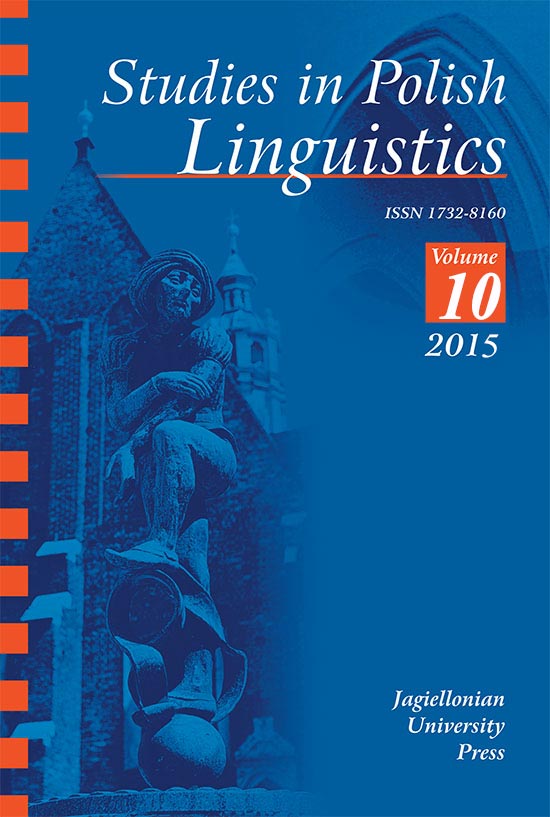A World without Voiced Sonorants: Reflections on Cyran 2014 (Part 2)
A World without Voiced Sonorants: Reflections on Cyran 2014 (Part 2)
Author(s): Tobias ScheerSubject(s): Language studies, Language and Literature Studies, Theoretical Linguistics, Applied Linguistics
Published by: Wydawnictwo Uniwersytetu Jagiellońskiego
Keywords: intervocalic voicing; voice contrast in sonorants; final devoicing; lenition; assimilation
Summary/Abstract: The current part of the article evaluates the idea that sonorants and vowels are phonologically unspecified for voicing in all languages. This is the central assumption made by Cyran (2014), which, however, remains unsubstantiated and does not follow from any property of Element Theory. Sonorants do not undergo final devoicing, and voicing is never used for distinctive purposes in vowels. Cases where it is reported to be used to contrast sonorants are rare and subject to caution since it may not always be clear that the contrastive property is really voicing. The central testing ground is then intervocalic voicing. If sonorants and vowels are unable to spread voicing because they do not have any, the prediction is that intervocalic voicing is never assimilation. Instead it is argued to be a case of lenition in weak (intervocalic) position where obstruents are delaryngealized (i.e. lose their voicing prime) and therefore subject to phonetic (or interpretational) voicing. Lenition is positional and does not involve any transmission of primes. The common practice to analyse intervocalic voicing as both lenition and the spreading of some voice-related prime is inconsistent.
Journal: Studies in Polish Linguistics
- Issue Year: 10/2015
- Issue No: 4
- Page Range: 223-247
- Page Count: 25
- Language: English

